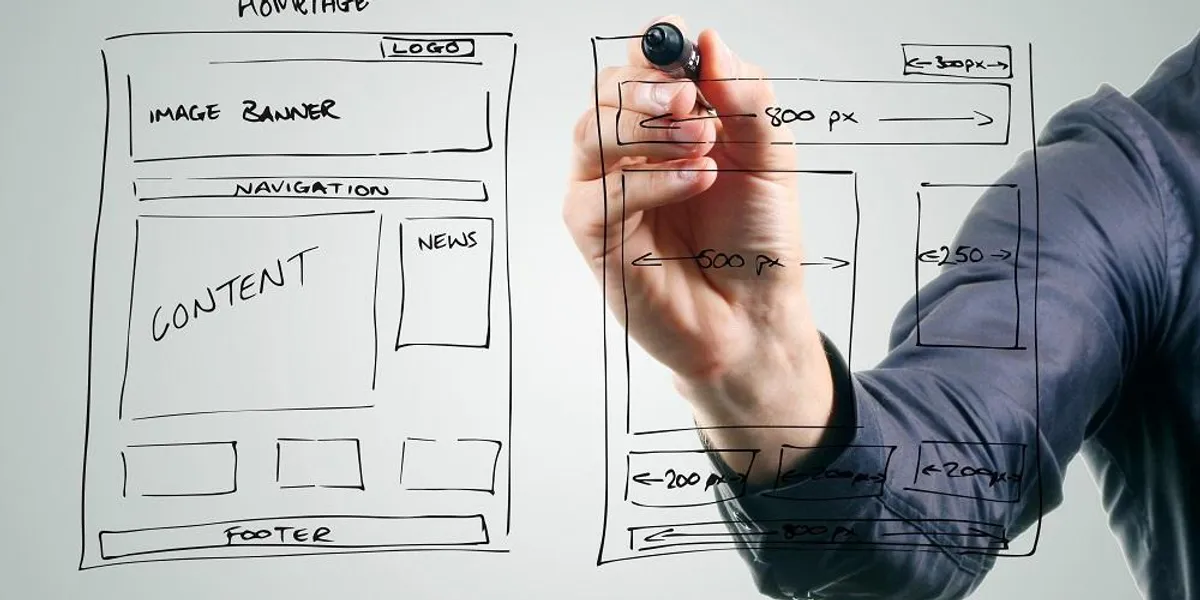Web design is an ever-evolving field, constantly shaped by new technologies, user behaviors, and aesthetic trends. As we move further into the digital age, the importance of effective web design has never been greater. Websites are no longer just online brochures; they are dynamic platforms for communication, commerce, and creativity. With that in mind, let’s explore the future of web design by looking at key trends and innovations that are set to define the industry.
1. Artificial Intelligence and Machine Learning
Artificial intelligence (AI) and machine learning are making significant strides in web design. These technologies are enabling more personalized and responsive user experiences. AI-driven tools can analyze user behavior, preferences, and interactions in real-time, allowing websites to adapt content and layout dynamically. For example, chatbots powered by AI are becoming increasingly sophisticated, offering users immediate assistance and personalized recommendations based on their browsing history.
Moreover, AI is also being used in the design process itself. Tools like Adobe Sensei and Wix’s ADI (Artificial Design Intelligence) help designers create websites more efficiently by suggesting layouts, color schemes, and content placement based on the latest design trends and user data.
2. Voice User Interface (VUI)
With the rise of voice-activated devices like Amazon’s Alexa, Google Home, and Apple’s Siri, voice search is becoming a critical aspect of web interaction. As a result, voice user interfaces (VUIs) are emerging as an essential component of web design. Designing for voice requires a shift from traditional visual elements to conversational interfaces. This trend is pushing designers to think about how users interact with websites using voice commands and how to optimize content for voice search.
Web designers will need to focus on creating content that is easily understandable by voice assistants and ensuring that the user experience is seamless, whether accessed via voice or traditional methods.
3. Augmented Reality (AR) and Virtual Reality (VR)
AR and VR are no longer confined to the realm of gaming and entertainment. These immersive technologies are beginning to play a significant role in web design, particularly in e-commerce and real estate. AR allows users to interact with virtual objects in the real world, enhancing their shopping experience. For instance, customers can visualize how furniture will look in their living room or how clothes will fit before making a purchase.
Similarly, VR offers users a fully immersive experience, which is ideal for virtual tours of properties or interactive product demonstrations. As these technologies become more accessible, we can expect to see more websites incorporating AR and VR elements to provide engaging, interactive experiences.
4. Minimalist Design with a Twist
Minimalism has been a dominant trend in web design for years, characterized by clean lines, simple layouts, and a focus on essential elements. However, the future of minimalist design is likely to include more creative twists, such as bold typography, asymmetrical layouts, and dynamic scrolling effects. The goal is to maintain the simplicity and clarity of minimalism while adding a touch of creativity and uniqueness.
This evolution in minimalist design will help websites stand out in a crowded digital landscape while still delivering a user-friendly experience.
5. Progressive Web Apps (PWAs)
Progressive Web Apps (PWAs) are another innovation that is shaping the future of web design. PWAs combine the best features of websites and mobile apps, offering fast loading times, offline access, and push notifications without the need for users to download a separate app. This technology is especially valuable for businesses looking to provide a seamless user experience across different devices and platforms.
As PWAs continue to gain popularity, web designers will need to focus on creating designs that are not only visually appealing but also optimized for performance and functionality across various devices.
6. Sustainability in Web Design
As awareness of environmental issues grows, sustainability is becoming a consideration in web design. The concept of “green web design” involves creating websites that are energy-efficient and have a minimal environmental impact. This can be achieved through optimizing code, reducing the use of heavy graphics and videos, and improving server efficiency.
Additionally, web designers are beginning to focus on digital sustainability by creating designs that stand the test of time and require fewer updates. This approach not only reduces the carbon footprint of a website but also offers a more cost-effective solution for businesses in the long run.
7. Inclusive and Accessible Design
The push for greater inclusivity and accessibility in web design is gaining momentum. Designers are increasingly focusing on creating websites that cater to all users, including those with disabilities. This involves following best practices for accessibility, such as using alt text for images, ensuring that websites are navigable via keyboard, and providing text transcripts for audio and video content.
In addition to accessibility, inclusivity in web design also means considering cultural differences and creating content that resonates with a global audience. As the internet continues to connect people from all over the world, the importance of inclusive and accessible design will only grow.
Conclusion
The future of web design is exciting, with many innovative trends on the horizon. From AI and voice interfaces to AR, VR, and sustainable design, these developments promise to revolutionize how we interact with the web. As technology continues to advance, web designers will need to stay ahead of the curve by embracing these trends and continually adapting their skills. The ultimate goal is to create websites that are not only visually stunning but also functional, inclusive, and sustainable—ensuring a positive user experience for everyone.


